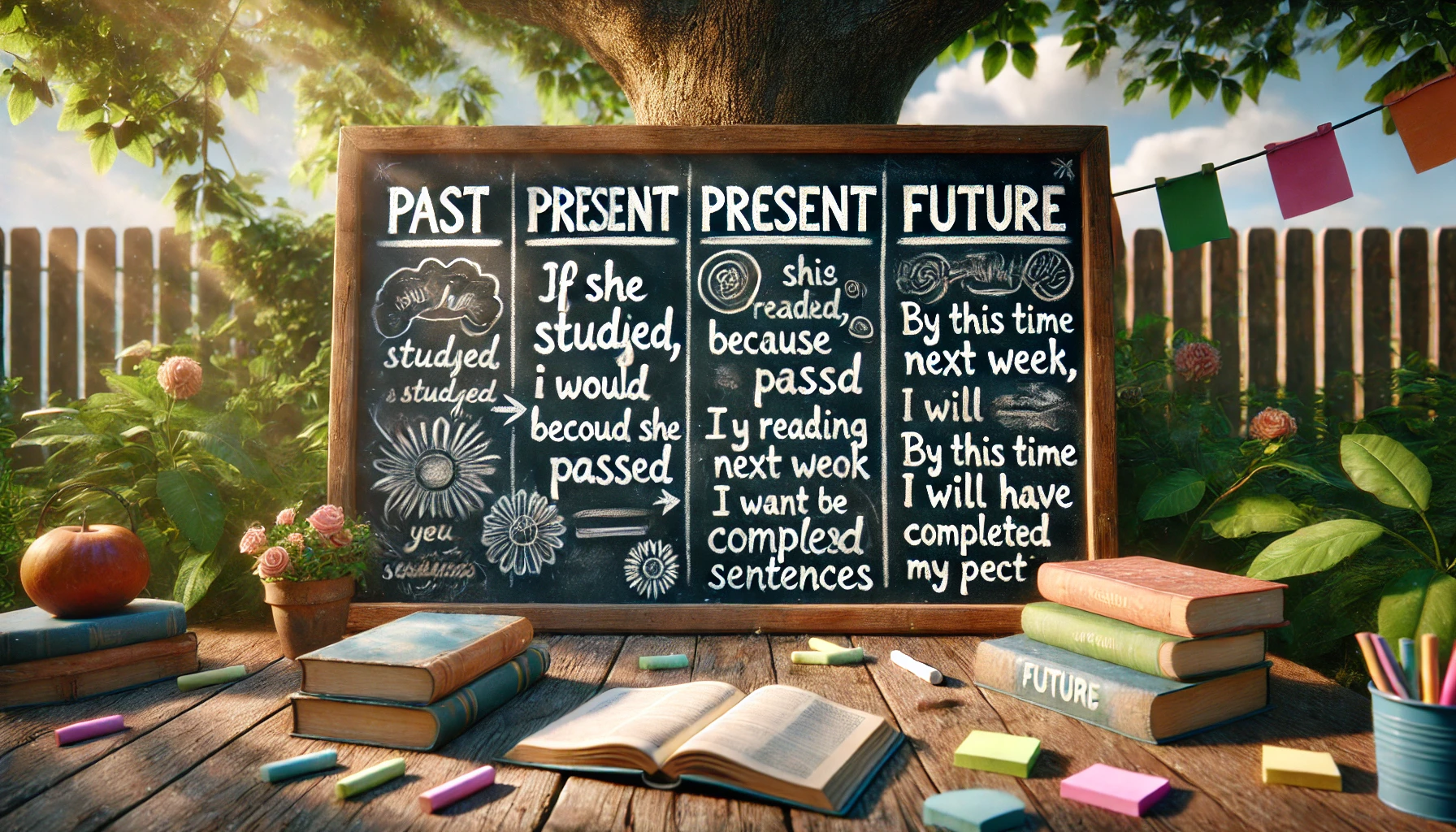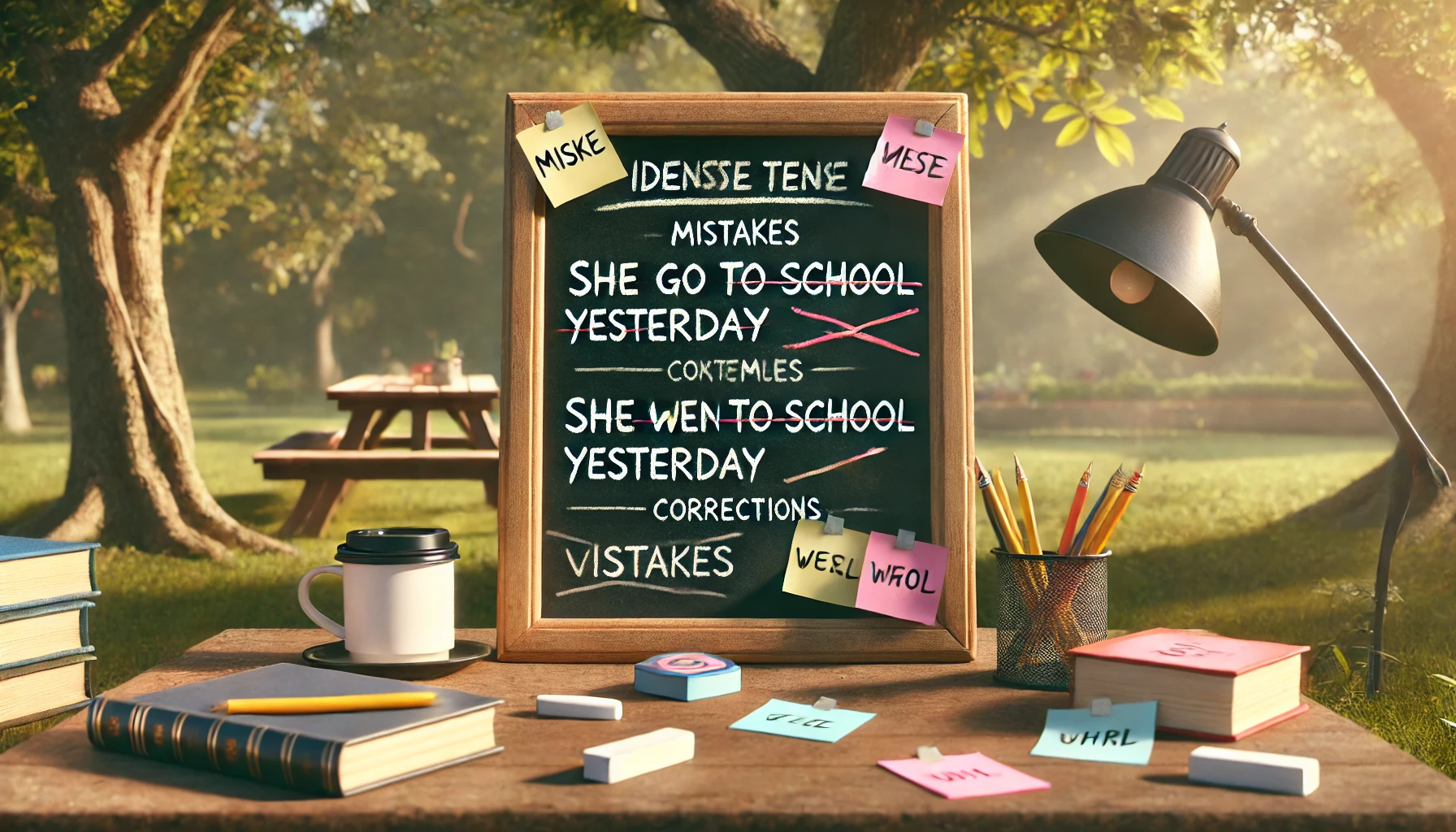Table of Contents
- 1. Introduction to the Simple Future Tense
- 2. Structure of the Simple Future Tense
- 3. Common Uses of the Simple Future Tense
- 4. Examples of the Simple Future Tense
- 5. Key Differences with Other Tenses
- 6. Formation Rules and Variations
- 7. Practical Tips for Mastery
- 8. Common Mistakes and How to Avoid Them
- 9. Real-Life Applications
- 10. Conclusion and Final Thoughts
1. Introduction to the Simple Future Tense
The simple future tense is an essential part of English grammar, used to describe actions that will occur in the future. Mastering this tense helps in expressing plans, predictions, and promises effectively. In this guide, we will explore the rules, uses, and examples to help you understand the simple future tense thoroughly.
2. Structure of the Simple Future Tense
The simple future tense is formed using the auxiliary verb “will” or the phrase “going to” followed by the base form of the main verb. Here’s the basic formula:
- Positive: Subject + “will” + base verb
- Negative: Subject + “will not (won’t)” + base verb
- Question: “Will” + subject + base verb?
For example:
- Positive: “She will visit her grandparents tomorrow.”
- Negative: “They will not attend the meeting.”
- Question: “Will you call me later?”
3. Common Uses of the Simple Future Tense
The simple future tense is versatile and used in various contexts. Some of its primary uses include:
- Predictions: “It will rain tomorrow.”
- Promises: “I will help you with your homework.”
- Plans: “We will travel to Europe next summer.”
- Spontaneous Decisions: “I will pay the bill.”
These examples highlight how the tense enables clarity in communication about future intentions and expectations.
4. Examples of the Simple Future Tense
To further illustrate the versatility of the simple future tense, here are some detailed examples:
- For Predictions: “The team will win the championship if they keep playing this well.”
- For Promises: “I will return your book by next week.”
- For Plans: “They will organize a charity event next month.”
- For Spontaneous Decisions: “I will open the door for you.”
These examples show how the simple future tense can convey a wide range of meanings, depending on the context of use.
5. Key Differences with Other Tenses
The simple future tense is unique compared to other tenses in English. Understanding these distinctions is crucial for accurate usage:
- Difference with Present Continuous: While the present continuous tense (e.g., “I am going to the park tomorrow”) can indicate future plans, the simple future tense (e.g., “I will go to the park tomorrow”) is often used for promises or predictions.
- Difference with Future Perfect: The simple future tense describes an action yet to occur, whereas the future perfect tense (e.g., “I will have finished the report by 5 PM”) emphasizes completion before a specific time.
Recognizing these distinctions helps in selecting the correct tense for any given scenario.
6. Formation Rules and Variations
While the basic formula for the simple future tense involves “will” + base verb, there are alternative formations to express future intent:
- “Going to” Construction: “She is going to bake a cake this evening.”
- Use of Present Continuous for Near Future: “We are meeting the client tomorrow.”
Although these variations slightly differ in usage, they often overlap with the simple future tense, adding flexibility in expression.
7. Practical Tips for Mastery
Mastering the simple future tense requires consistent practice and awareness of its rules. Here are some actionable tips:
- Practice with Predictions: Write daily forecasts or predictions using the simple future tense, such as weather updates or sports results.
- Use Affirmative and Negative Forms: Alternate between positive and negative sentences to reinforce structure, e.g., “He will attend the party” vs. “He will not attend the party.”
- Incorporate Questions: Form questions like “Will you join us for dinner?” to become comfortable with interrogative forms.
Regular practice using these techniques ensures long-term retention and fluency.
8. Common Mistakes and How to Avoid Them
Even advanced learners make errors with the simple future tense. Below are some common mistakes and strategies to prevent them:
- Overusing “Will”: Avoid using “will” excessively when “going to” or other structures may be more appropriate.
- Incorrect Negation: Remember that “will not” contracts to “won’t,” e.g., “She won’t agree” is correct.
- Mixing Tenses: Ensure consistency in tense use within a sentence. For example, “He will start the project yesterday” is incorrect.
Proofreading your sentences can significantly reduce these errors.
9. Real-Life Applications
The simple future tense is widely applicable in everyday communication. Some common scenarios include:
- Making Appointments: “I will schedule a meeting with the doctor.”
- Setting Goals: “We will save enough money for a vacation.”
- Offering Help: “I will assist you with your project.”
Using the simple future tense accurately in these contexts demonstrates professionalism and clarity in communication.
10. Conclusion and Final Thoughts
The simple future tense is a cornerstone of English grammar, essential for describing actions that have not yet occurred. By understanding its structure, variations, and uses, learners can confidently employ this tense in various situations. With regular practice and attention to detail, mastering the simple future tense becomes an achievable goal.




